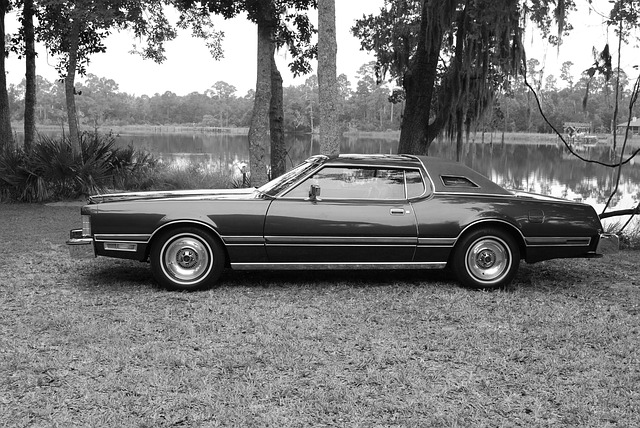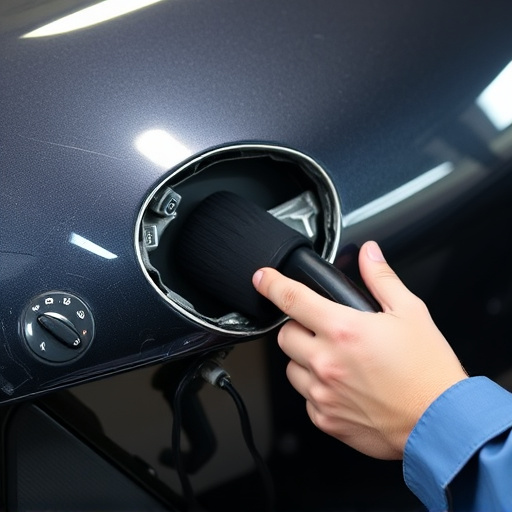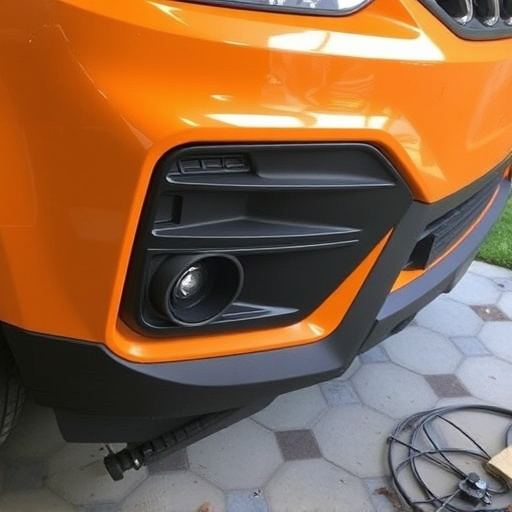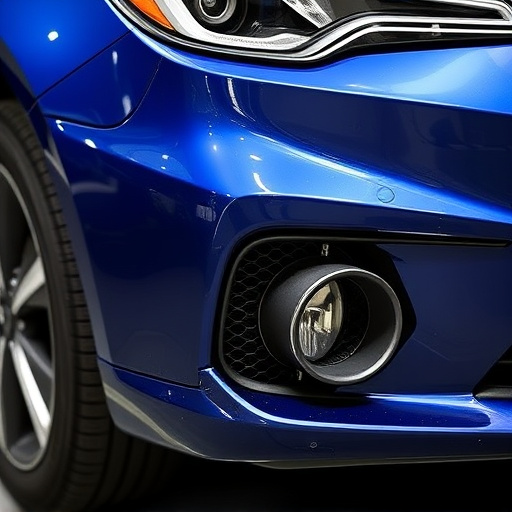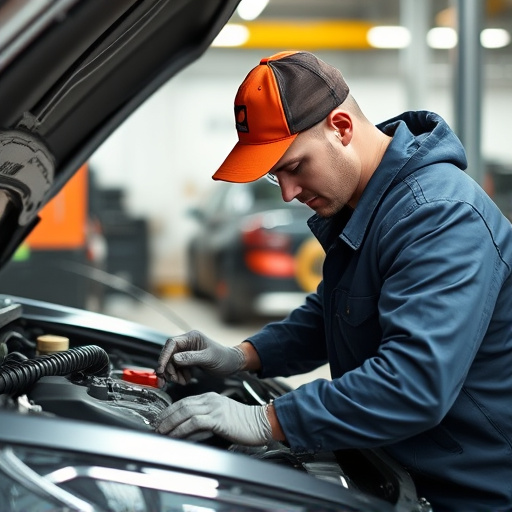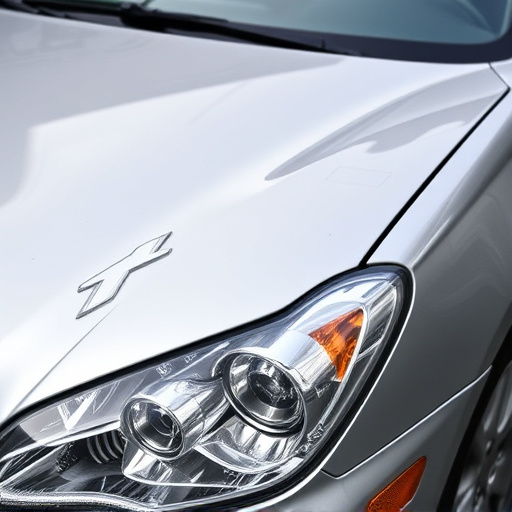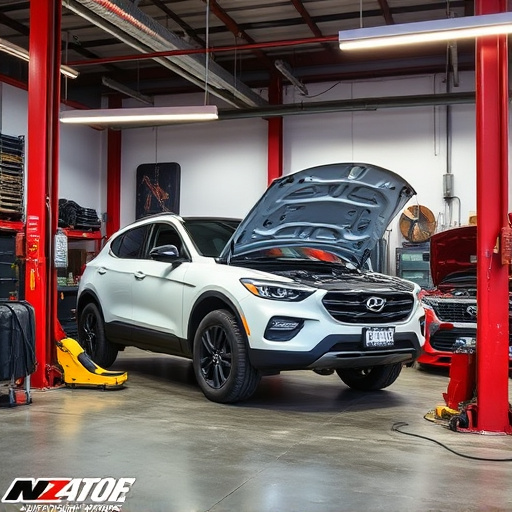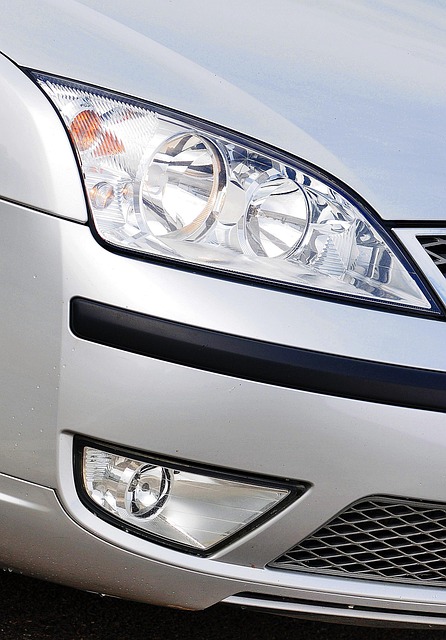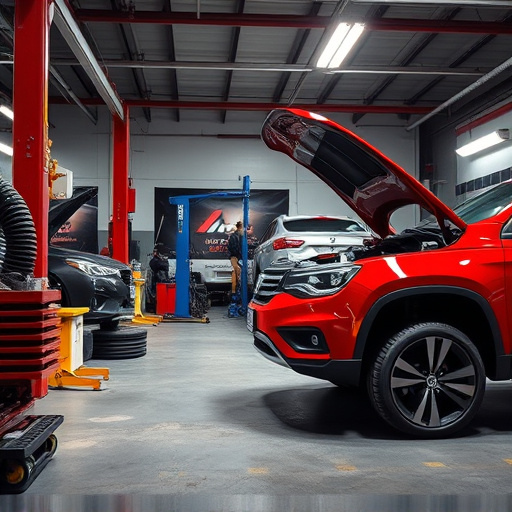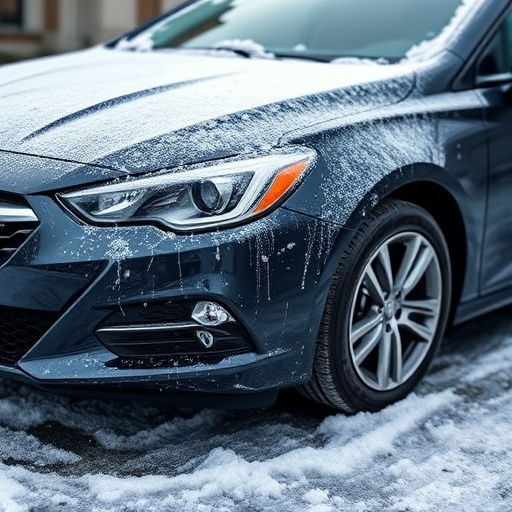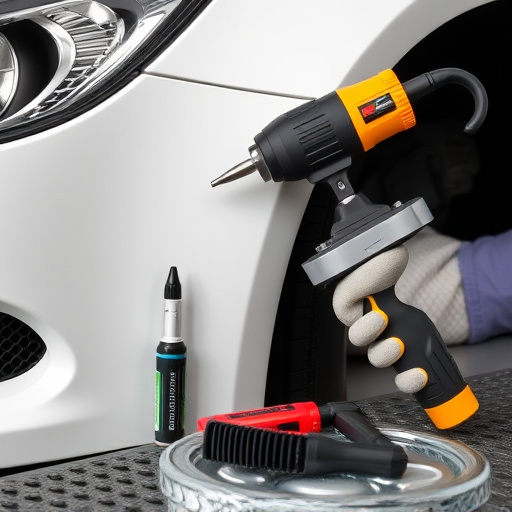Weather stripping replacement is a vital yet often overlooked aspect of vehicle maintenance, protecting against water, air, and noise intrusion, enhancing comfort, and improving fuel efficiency. Signs of failure include damage, water leakage, and peeling. Modern trends favor innovative materials like TPE and polyurethanes for enhanced durability, flexibility, and temperature resistance, contributing to energy efficiency and aesthetics. Future developments may include smart materials adapting to environmental conditions and self-healing properties.
In today’s auto industry, weather stripping replacement is a trending topic. Effective weather stripping acts as a protective barrier against harsh elements, enhancing vehicle aesthetics and interior comfort. This article delves into the fundamentals of weather stripping, elucidating its benefits and common issues. We explore modern trends in materials and installation techniques, offering insights into future predictions for this essential component. Understanding these developments is crucial for both car owners and industry professionals aiming to stay ahead in weather stripping replacement.
- Understanding Weather Stripping: The Basics and Benefits
- Common Issues and Signs of Weatherstripping Failure
- Modern Trends: Materials, Techniques, and Future Predictions
Understanding Weather Stripping: The Basics and Benefits

Weather stripping replacement is a crucial aspect of vehicle maintenance that often goes overlooked until it becomes a significant problem. These thin rubber or vinyl seals are strategically placed along a car’s perimeter, between the window glass and the surrounding body panel. Their primary function is to create an airtight seal, preventing water, air, and outside noise from penetrating into the vehicle cabin. This simple yet effective component plays a vital role in enhancing driving comfort and safety.
The benefits of proper weather stripping replacement are numerous. Firstly, it ensures the longevity of your car’s interior by keeping out moisture and debris, which can cause damage to upholstery and other components over time. Secondly, it contributes to better fuel efficiency as reduced air leakage around windows improves aerodynamics. Moreover, during a car collision repair or routine bodywork repairs at a trusted car repair shop, updating weather stripping is essential for restoring the vehicle’s structural integrity and ensuring optimal performance in various weather conditions.
Common Issues and Signs of Weatherstripping Failure
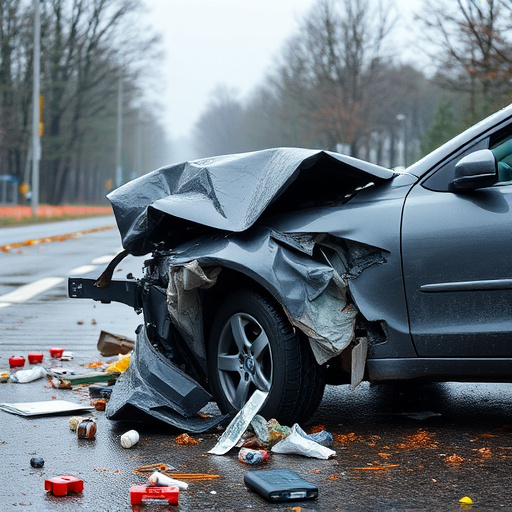
Weather stripping, a critical component in vehicle construction, plays a significant role in protecting the car’s exterior from the elements. Over time, this essential sealing material can fail due to various factors such as extreme weather conditions, road salt, and UV exposure. Recognizing the signs of weatherstripping failure is crucial for maintaining your vehicle’s longevity and integrity.
Common issues manifest as visible damage like fraying, cracking, or detachment from the car body. You might notice water seeping into the cabin during rain or snow, indicating a breach in the seal that could compromise the interior’s comfort and safety. If you observe peeling or warping of the weatherstrips, especially around doors and fenders, it could signal underlying issues with structural integrity. For those seeking reliable fleet repair services or auto repair near me, addressing these concerns promptly is vital to prevent further damage and ensure a seamless driving experience.
Modern Trends: Materials, Techniques, and Future Predictions
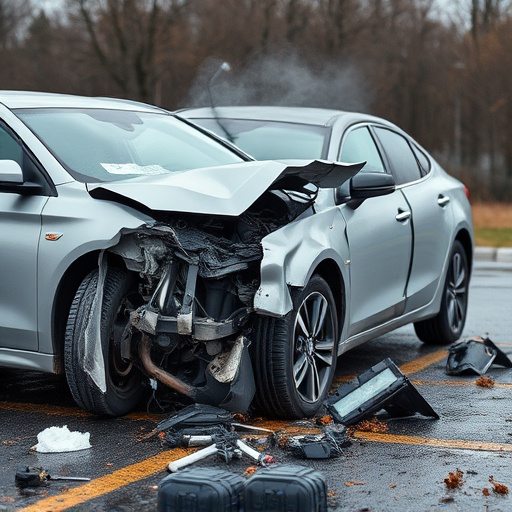
Modern weather stripping replacement trends in the auto industry showcase a shift towards innovative materials and advanced techniques. Traditional rubber and vinyl are being supplemented by new generation products such as thermoplastic elastomers (TPE) and polyurethanes, offering enhanced durability, flexibility, and resistance to extreme temperatures. These materials not only improve vehicle aesthetics but also contribute to better energy efficiency by reducing heat transfer and noise pollution.
Looking ahead, the future of weather stripping replacement seems poised for further integration of advanced technologies. Smart materials that adapt to environmental conditions, self-healing properties, and seamless integration with modern automotive designs are on the horizon. As the demand for eco-friendly and high-performance auto repair services continues to grow, car body shops and specialty auto body restoration centers are expected to embrace these trends, ensuring optimal vehicle protection and enhanced customer satisfaction.
In today’s automotive landscape, understanding and implementing effective weather stripping replacement trends is crucial for enhancing vehicle durability and passenger comfort. By addressing common issues such as worn-out seals and loose trim, manufacturers are ensuring better protection against elemental forces, improving fuel efficiency, and contributing to longer vehicle lifespans. Moving forward, advancements in materials like eco-friendly rubber compounds and innovative installation techniques promise not only enhanced performance but also sustainability. Staying abreast of these trends is vital for auto enthusiasts and industry professionals alike, as weather stripping replacement continues to evolve, offering improved driving experiences and aesthetic appeal.
